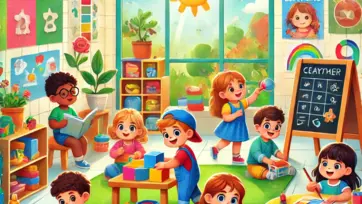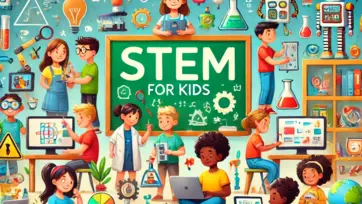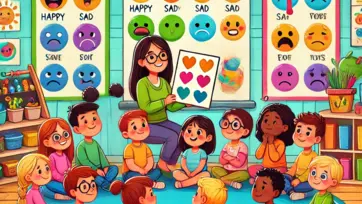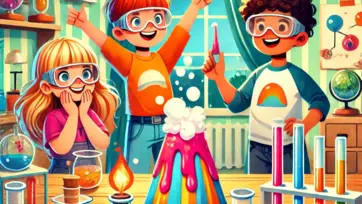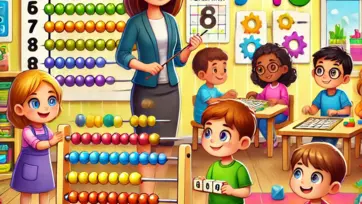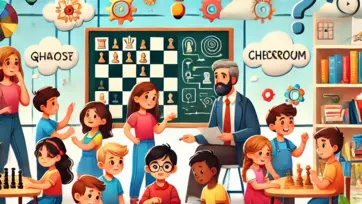A well-structured learning environment at home can significantly impact a child's ability to focus, absorb information, and develop good study habits. Whether your child is engaged in homeschooling, online learning, or just needs a dedicated space for homework, setting up an effective learning area can make a huge difference. Here are some essential tips to create a productive learning environment for kids at home.
1. Choose a Dedicated Learning Space
Having a designated area for learning helps children associate the space with focus and study time.
Tips for Setting Up a Learning Space:
-
Choose a quiet, well-lit area free from distractions.
-
Ensure the space has a comfortable chair and desk suitable for their height.
-
Keep learning materials, such as books, notebooks, and supplies, within reach.
-
Avoid setting up near the TV or noisy areas of the house.
2. Ensure Proper Lighting and Ventilation
Good lighting and fresh air improve concentration and reduce fatigue.
How to Improve the Study Area:
-
Use natural light whenever possible.
-
Add a desk lamp for better visibility during evening study sessions.
-
Keep the space well-ventilated to maintain focus and alertness.
3. Minimize Distractions
A distraction-free environment enhances learning efficiency and engagement.
Ways to Reduce Distractions:
-
Keep electronic devices like smartphones and tablets away (unless needed for learning).
-
Set up noise-canceling headphones if the environment is too noisy.
-
Create a simple and clutter-free workspace to maintain focus.
4. Organize Learning Materials
An organized space leads to better productivity and a stress-free study session.
Organization Tips:
-
Use shelves, bins, or folders to keep materials sorted.
-
Label items to make them easy to find.
-
Encourage kids to tidy up their workspace after each session.
5. Set a Consistent Routine
A structured routine helps children develop good study habits and time management skills.
How to Establish a Study Routine:
-
Set specific study hours and stick to them daily.
-
Include short breaks to maintain focus and prevent burnout.
-
Use a visual schedule or planner to help kids track their tasks.
6. Encourage Active Learning
Interactive learning methods make study time engaging and enjoyable.
Active Learning Strategies:
-
Use hands-on activities like puzzles, flashcards, and experiments.
-
Encourage discussions and ask open-ended questions.
-
Incorporate educational games and apps to reinforce concepts.
7. Foster a Positive Learning Atmosphere
A supportive and encouraging environment enhances a child’s motivation to learn.
Ways to Encourage a Positive Atmosphere:
-
Offer praise and rewards for accomplishments.
-
Be patient and supportive during challenging tasks.
-
Allow kids to personalize their learning space with decorations or motivational posters.
8. Promote Healthy Study Habits
Balancing study time with physical activity and relaxation improves overall well-being.
Healthy Study Habits to Encourage:
-
Ensure kids take breaks to move around and stretch.
-
Encourage a healthy diet to support concentration.
-
Maintain a proper sleep schedule to enhance memory and focus.
9. Use Technology Wisely
Technology can be a powerful learning tool if used correctly.
How to Use Technology Effectively:
-
Utilize educational apps and websites for interactive learning.
-
Set screen time limits to avoid overuse.
-
Monitor online activities to ensure safe and productive usage.
10. Encourage Self-Directed Learning
Allowing children to take ownership of their learning fosters independence and critical thinking.
Ways to Encourage Self-Learning:
-
Let kids choose topics they’re interested in exploring.
-
Encourage them to set learning goals and track their progress.
-
Provide access to books, documentaries, and resources for independent learning.
Conclusion
Creating a productive learning environment at home helps children develop good study habits, focus better, and enjoy the learning process. By setting up a dedicated study space, minimizing distractions, and promoting a positive atmosphere, parents can support their child's academic success and overall development. Implement these tips and watch your child thrive in their home learning journey!

